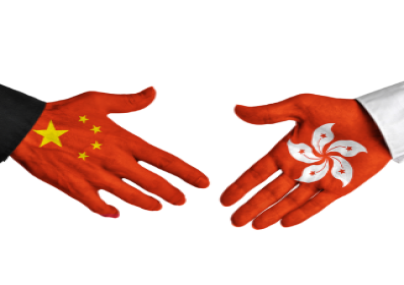The Chinese corporate bond market has overtaken the United States as the world's biggest, and is set to soak up a third of global company debt needs over the next five years, according to rating agency Standard & Poor's, underscoring the growing risk China's debt market is imposing on the global financial system.
Chinese corporate borrowers owed $14.2 trillion at the end of 2013 versus $13.1 trillion owed by U.S. corporations with the switch in rankings taking place a year earlier than it had expected, S&P said on Monday.
The Asia-Pacific region, led by China, is seen accounting for half of global corporate debt financing needs of $60 trillion over the five-year period to 2018 when the region will account for more than half the projected total debt outstanding of $72 trillion.
China, the world's second-largest economy is currently financing a quarter to a third of its corporate debt through its shadow banking sector and this had global implications, S&P said.
"This means that as much as 10 percent of global corporate debt is exposed to the risk of a contraction in China's informal banking sector," the agency said, estimating this at $4 trillion to $5 trillion. "With China's economy likely to grow at a nominal 10 percent per year over the next five years, this amount can only increase."
Cash flows and leverage at Chinese corporations are the worst among global peers, having deteriorated from being the best in 2009, according to a corporate financial risk trend measure used by Standard & Poor's.
"China's property and steel sectors remain of particular concern," it said, adding that higher land bank and property inventory had led to the sluggish trend in property prices contributing to the decline in steel demand.
Growth in average new home prices in China slowed to a near one-year low in April, a month in which new home prices fell in eight of 70 cities, up from four cities in March.
S&P expects more defaults in the steel sector, with strains already manifesting in falling iron ore prices this year.
The benchmark iron ore price dropped to a 21-month low of $91.50 a metric ton late last week as a supply glut smothered a market faced with slower steel demand. The price has plunged a third so far this year.
"China's large and still-expanding contribution to global corporate debt, the higher financial risk is causing overall corporate risk to increase globally," the agency said.
"As the world's second-largest national economy, any significant reverse for China's corporate sector could quickly spread to other countries."
Reflecting growing investor jitters over credit risks, some Chinese companies in the stretched sectors have recently dropped plans to issue bonds in the onshore market as investors have demanded higher interest rates for the declining margins and refinancing risks.
Earlier this month, online gaming company Shenzhen Zqgame scrapped plans for a bond offering saying it would not help in reducing financing costs.
Bond yields on weaker credits have risen faster than those rated AAA. In the past year the Thomson Reuters onshore benchmark for AA-rated companies for onshore China debt has risen 120 basis points to 6.70 percent. The AAA-rated curve has moved up 80 basis points to 5.50 percent in the same period.


